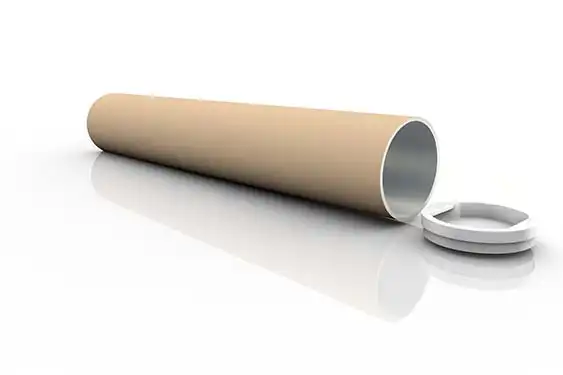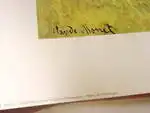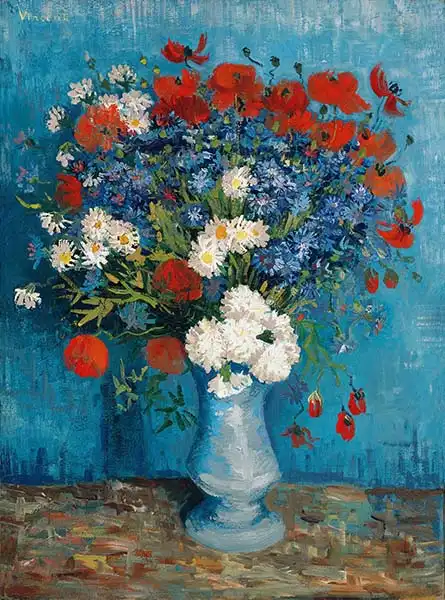About this finishing
Print. The image is printed on the top quality 10-ink HP Z9PS printer on HP matte 270 g / m2 paper. You can choose any size to an accuracy of 1 cm. A margin of 5 cm around the image is added to the size of the motif.


You can find a detailed description about our finishings
here.
Still life
Date:
1887Medium:
oil on canvasLocation:
private collection Van Gogh
was aware that there is a special art to painting
flowers because they have subtle changes in hue and shade, which is of much significance for the overall painting. Van Gogh wanted to “harmonize brutal extremes,” and he found painting flowers as a venue for doing many studies and achieving new ways to use intense color in his paintings.5
throughout Van Gogh's life, he went from being influenced by other movements to eventually finding his own artistic style. This became one of the reasons why he was not accepted along with the impressionist masters; Van gogh felt he needed to achieve greatness with his own artistic style. the work is best described in terms of its color: there is the dark blue background that fades into the reddish brown table on which rests a bouquet in a vase.
Gogh painted picture Still life in 1887. Prevailing color of this fine art print is blue and its shape is portrait. This art piece is located in a private collection This image is printed on demand - you can choose material, size and finishing.
Vincent Willem van Gogh (1853-1890). Dutch painter belonging to
Post-Impressionism. His paintings (some 900 paintings and 1,100 drawings and sketches) are among the most famous in the world and are sold for exorbitant sums (except for those in our shop).
Parisian Impressionists He lived in Paris from 1886 and was influenced by the use of bright colours - most of his works were painted during this period. In his paintings, Gogh uses contrasting colours (often blue and orange - he said that I want to use colours other contrasts to each of them shone even more to contrast a man and a woman). He was known for his excesses and amputated an ear after the break-up of his friendship with
Gauguin. There is a lot of speculation about this incident (he possibly suffered from heavy metal poisoning from paint that had caused mental problems). In 1890, unfortunately he committed suicide.


